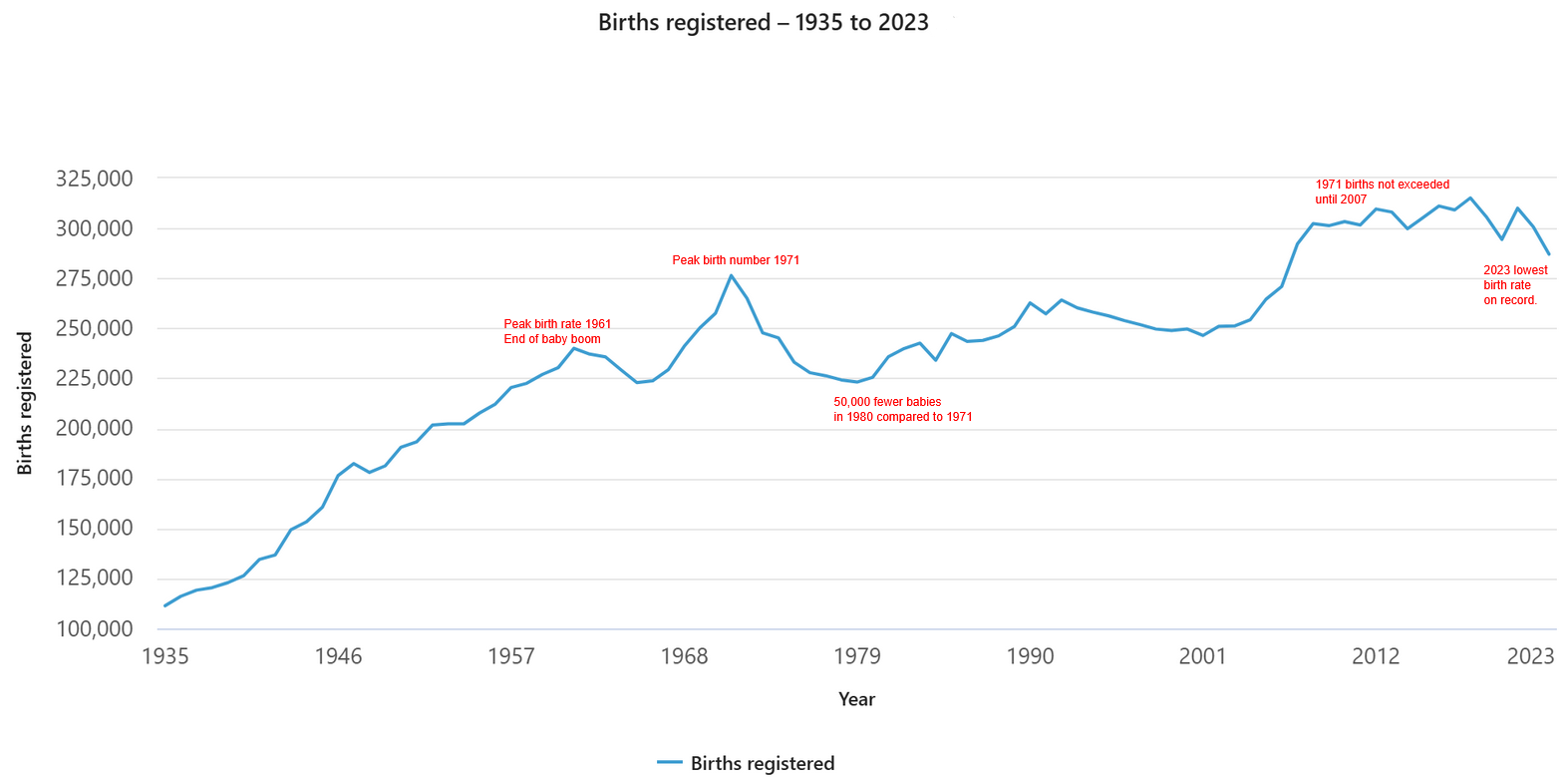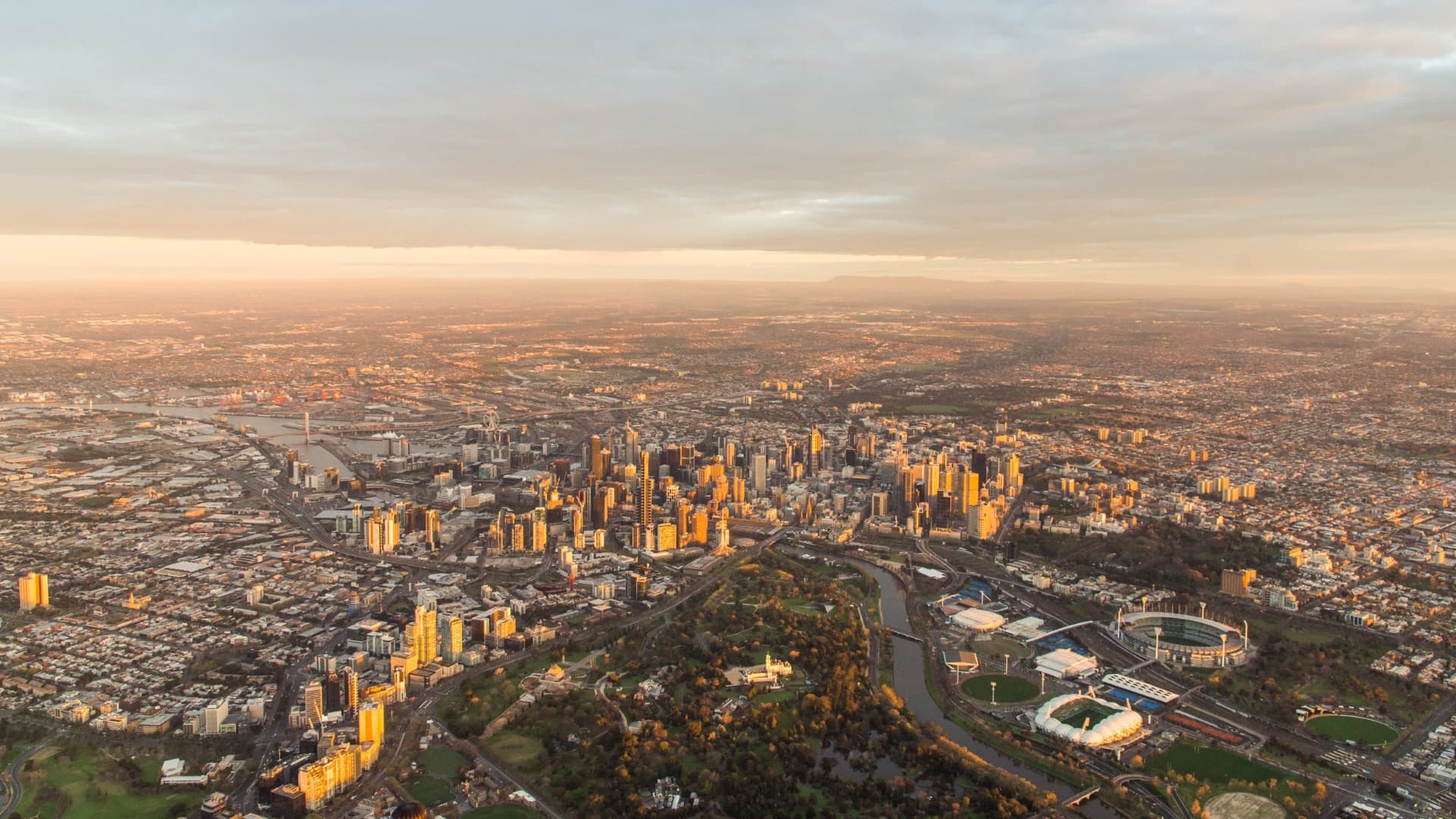BLOG
Australia’s strong population growth returns in 2022
Australia’s strong population growth returns in 2022
Population statistics to June 2022 give clear signals of how Australia’s population growth is changing following the end of pandemic-related border closures. Demographer Glenn Capuano breaks down the latest data state-by-state.
The latest release of Australian Demographic Statistics by the ABS shows that Australia’s population has returned to a strong level of population growth in the 12 months ended June 2022, following the pandemic-affected year of 2021, when the population barely grew at all, with border closures.
The re-opening of international borders in early 2022 led to an increase in Australia’s population to 25,978,935 people in June 2022, a growth of 1.1% on the previous year – almost 291,000 people. This is still below the growth rates of between 1.5% and 1.8% recorded in the years immediately prior to COVID-19, but it includes almost 6 months of the financial year when the overseas borders were still closed and it was difficult to migrate to Australia. 72% of that annual population growth occurred second half of the financial year (the first six months of 2022), once the borders were fully open (WA a bit later).
The net overseas migration (NOM; how many more people moved into the country than moved out) for Australia was 170,900 for the year . While it’s lower than in pre-pandemic years, it’s gone back to making up the majority (59%) of our population growth. The remainder is due to natural increase: more births than deaths. Typically in recent years, NOM has been around two-thirds of population growth, while in 2020-21 it was negative, as more people left and couldn’t return.
How has population grown across Australia’s states and territories?
Here are the results at the state and territory level, population growth for the year:
| ERP June 2022 | Change over previous year | % change over previous year | Natural Increase | Net Interstate Migration | Net Overseas Migration | |
|---|---|---|---|---|---|---|
| NSW | 8,153,584 | +59,769 | 0.74% | +40,378 | -43,451 | +62,213 |
| Vic | 6,613,727 | +65,687 | 1.00% | + 29,014 | -17,233 | +55,631 |
| Qld | 5,322,058 | +104,405 | 2.00% | +27,647 | +55,418 | +23,430 |
| SA | 1,820,530 | +17,338 | 0.96% | +4,560 | +1,025 | +12,077 |
| WA | 2,785,312 | +35,448 | 1.29% | +16,179 | +10,791 | +9,502 |
| Tas | 571,517 | + 3,608 | 0.64% | +929 | -216 | +2,745 |
| NT | 250,635 | +1,435 | 0.58% | +1,755 | -3,016 | +2,134 |
| ACT | 456,652 | +3,094 | 0.68% | +3,252 | -3,318 | +3,117 |
| Australia | 25,978,935 | +290,856 | 1.13% | +124,360 | +170,918 |
Source: Australian Bureau of Statistics, National, State and Territory Population, June 2022
For the 2021/22 financial year, every state and territory recorded population growth, with the smallest being the Northern Territory, growing by just 1,435 people.
NSW and Victoria returned to growth thanks to strong overseas migration
Once the borders reopened, the March quarter saw a lot of migration. There was a bit less in the June quarter, but still pretty strong. NSW is dragged back by a huge interstate migration loss, primarily to Queensland. This out-migration interstate is a record -43,451 (highest negative for the past 50 years) but is mainly driven by the first two quarters which were affected by Sydney’s lockdowns. The state lost a more modest 5,855 people in the June quarter, which annualised would bring it up to 20-25,000 p.a. which is more normal.
Victoria’s growth was exactly 1%, after losing almost 1% in the previous year.
Queensland, South Australia and Western Australia continue to grow through interstate migration
The other side of the migration coin, Queensland had a record positive net migration from interstate of more 55,000 people. That made up more than half the state’s growth. Again it moderated to about 8,500 in the last quarter of the financial year, indicating that things are getting back to “normal”.
SA and WA continue to record positive interstate migration; again both were lower in the last quarter of the year. Positive interstate migration for SA is unusual and has continued post-pandemic, but only slightly. WA’s overseas migration for the year is still quite low – the borders didn’t reopen to the state until well into 2022, so there was less time for migrants to come in. But interstate migration is still strongly positive.
Tasmania’s strong growth is slowing
Tasmania is still growing, but has slipped back from the very strong growth seen over the last few years, which was at least partly due to young people not leaving and some coming back during the pandemic. There is now slightly negative interstate migration. But the Apple Isle is still getting quite a bit of overseas migration which hasn’t been seen until recent years.
More data to come
This release is also important because while population at the state level is updated quarterly, this one gives us the full financial year ended June 30th, 2022. That’s also the time period for the annual population updates at the Local Government Area level. These usually come out at the end of March each year, but I see this year it seems to be delayed to April 20th, so we will eagerly await those in the next few months and will load them onto the .id sites soon after release. These state figures will also appear on the profile.id, housing.id and economy.id sites after that time, when we have comparable small area figures for the same time period.
Glenn Capuano - Census Expert
Glenn is our resident Census expert. After ten years working at the ABS, Glenn's deep knowledge of the Census has been a crucial input in the development of our community profiles. These tools help everyday people uncover the rich and important stories about our communities that are often hidden deep in the Census data. Glenn is also our most prolific blogger - if you're reading this, you've just finished reading one of his blogs. Take a quick look at the front page of our blog and you'll no doubt find more of Glenn's latest work. As a client manager, Glenn travels the country giving sought-after briefings to councils and communities (these are also great opportunities for Glenn to tend to his rankings in Geolocation games such as Munzee and Geocaching).









